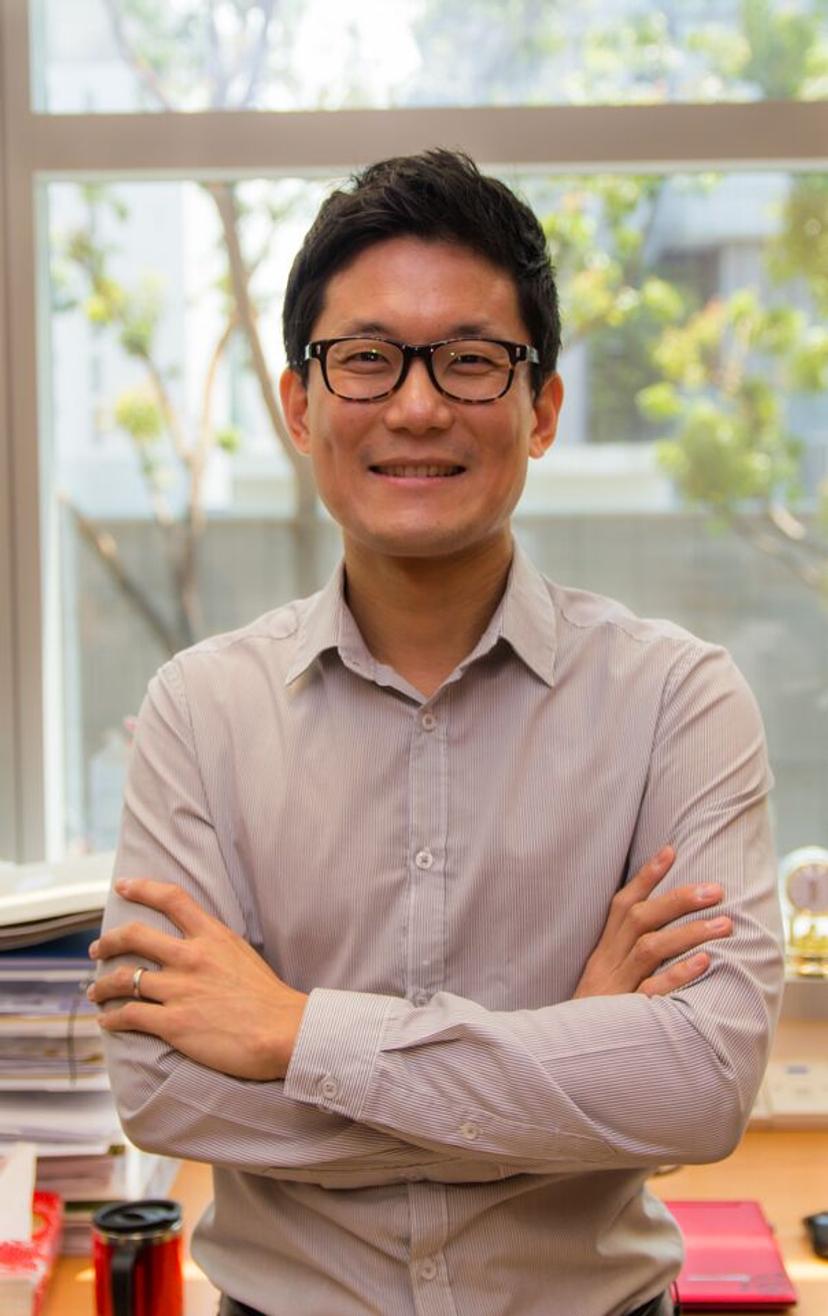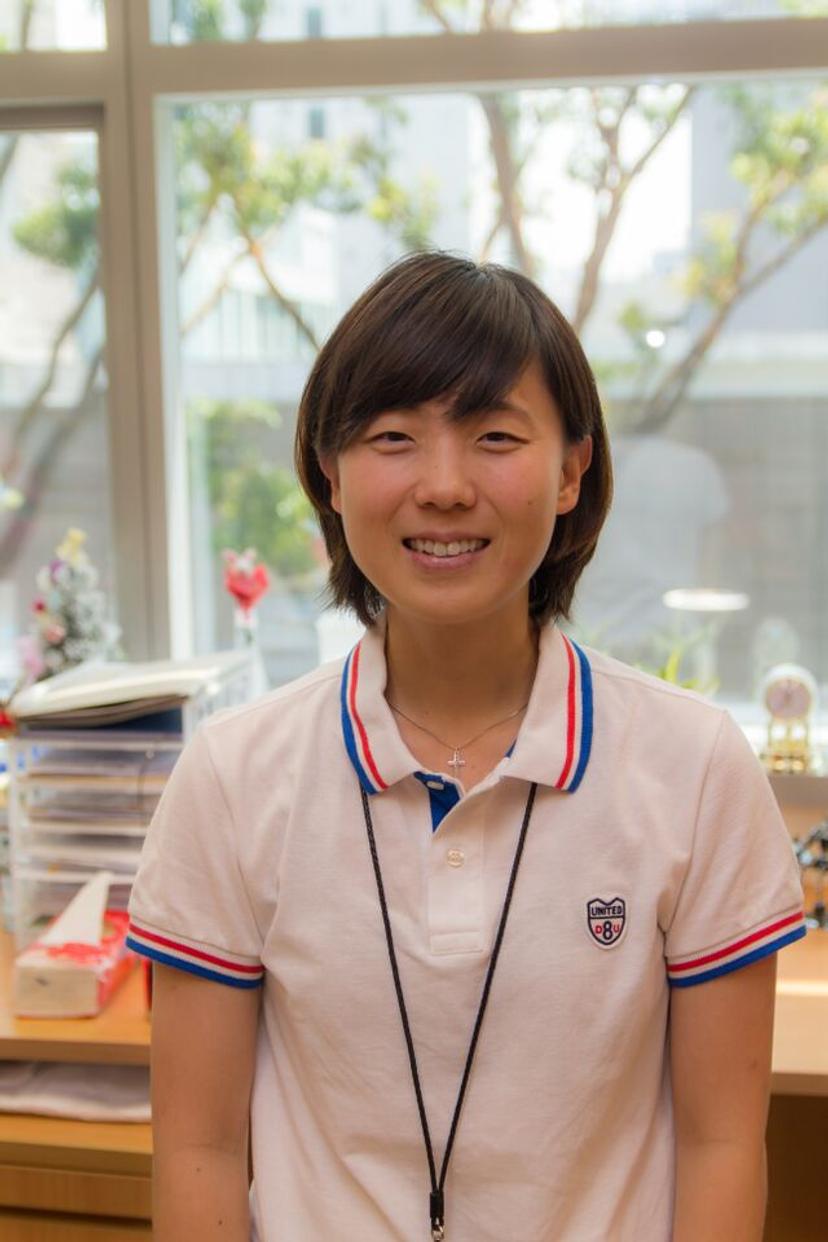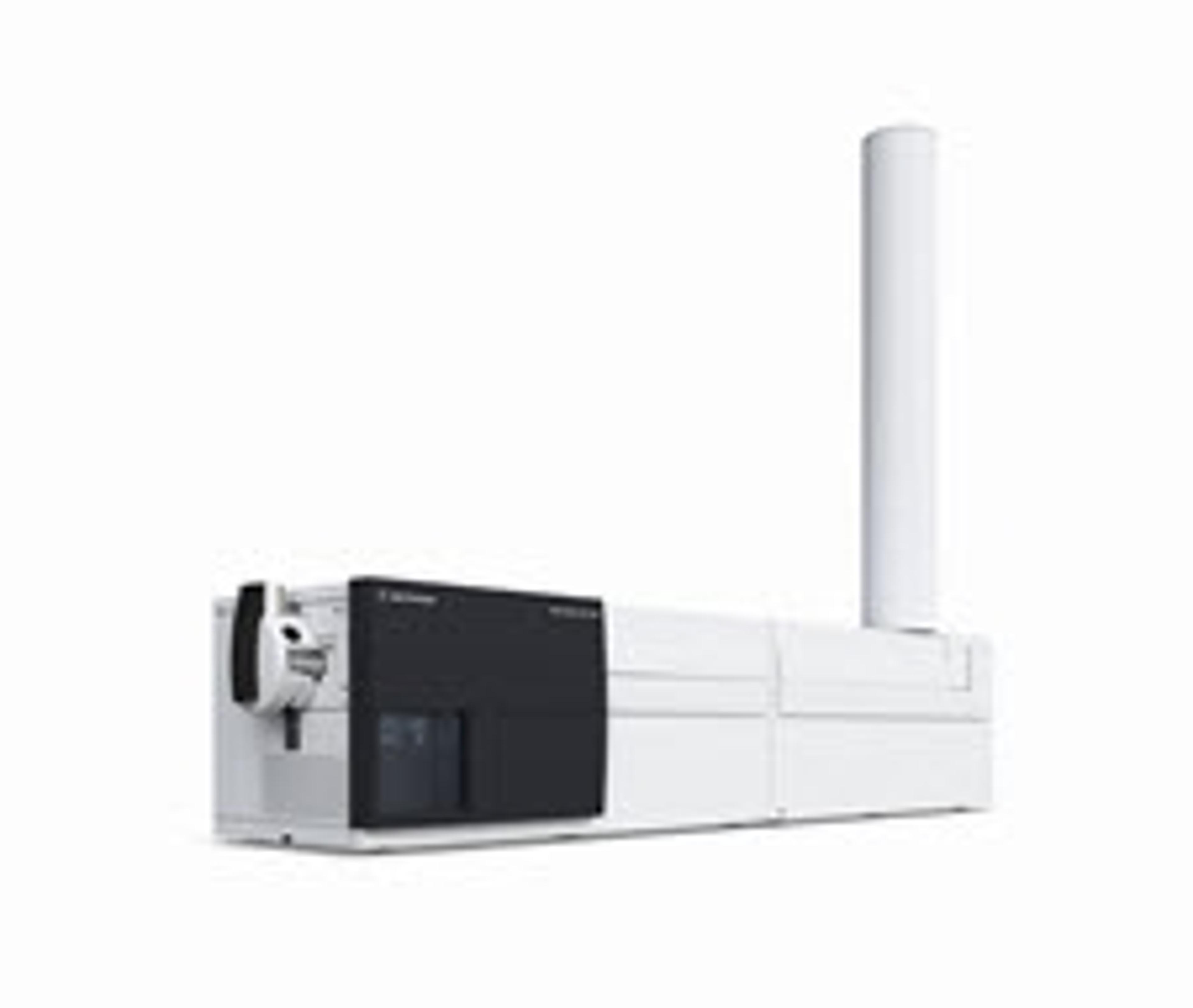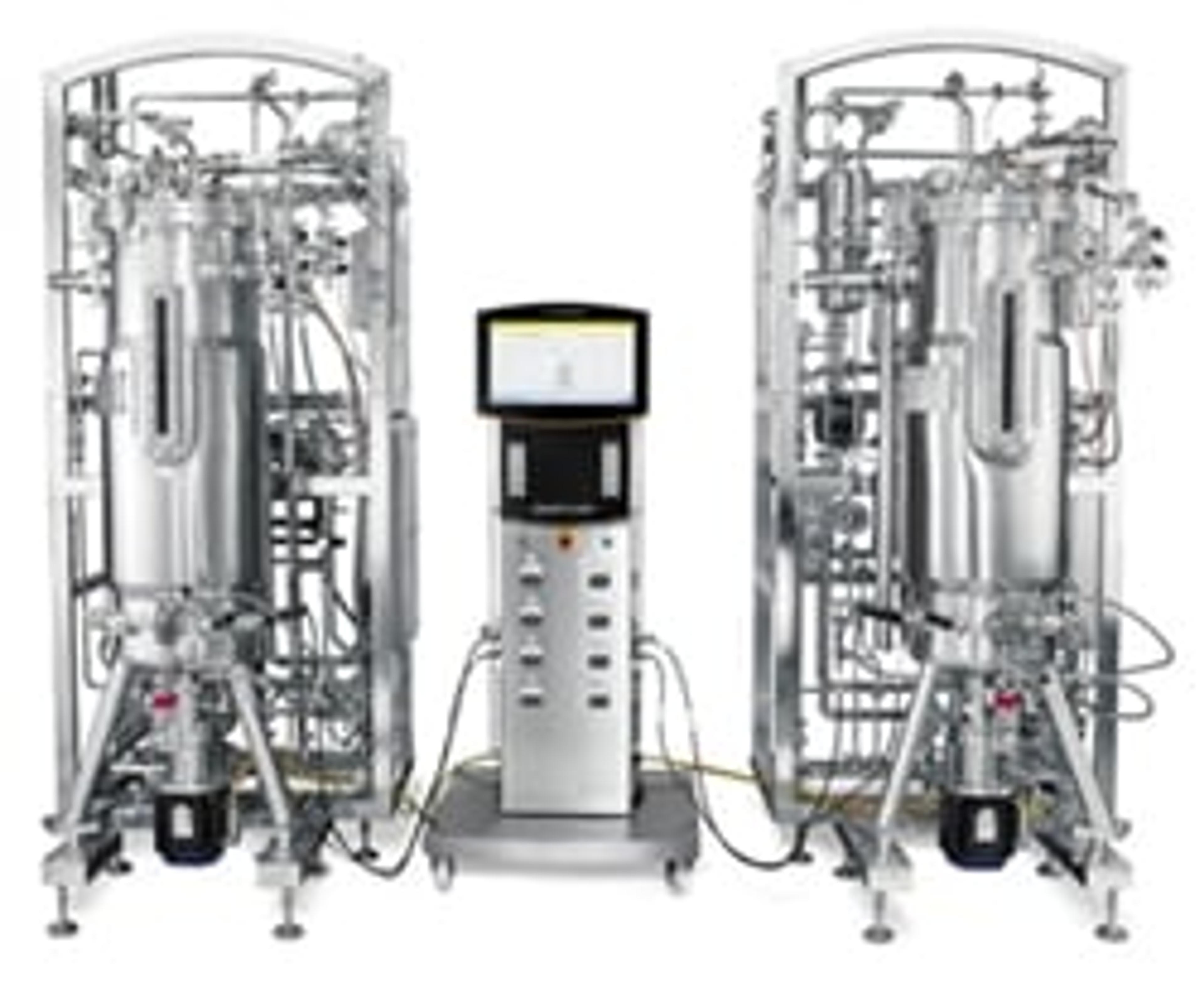My Lab Essentials: Fighting Fire With Fire − Treating Bacterial Infections With Killer Microbes
Reprogramming microbes for innovative therapies
1 Sept 2015

Dr Matthew Wook Chang, Associate Professor from the National University of Singapore
In 2010, more than 10 million people died of an infectious disease, and despite the advances of modern antibiotics, bacterial-based infections are still a huge threat to the world’s health. Even without the increase in bacterial resistance to these modern treatments, around 80% of bacterial infections involve development of biofilms. These protective films prevent the body from fighting the infection and healing itself − a problem to which Matthew Wook Chang, Associate Professor from the National University of Singapore, thinks he may have an answer.
What Prof. Chang is doing in his lab in the Department of Biochemistry sounds almost like science-fiction − reprogramming microbes to target other microbes that could be indicative of illness. Biofilm infections are very difficult to treat but unfortunately "are a threatening feature of many infectious pathogens, protecting the microbe against antibiotics and providing a reservoir of cells for persistent and recurring infections", explains Prof. Chang. “They can form on both abiotic and biotic surfaces, and can also form on medical devices such as catheters and implants," where they can lead to patients developing infections at a higher rate.
Advances in synthetic biology

Dr In Young Hwang, Research fellow, University of Auckland
"Synthetic biology provides excellent tools and a platform to mediate therapeutic intervention with precision," revealed Prof. Chang. "The toolsets available for synthetic biology are getting more diverse and comprehensive all the time." These advances, he said, are making genetic manipulation and reprogramming "readily achievable".
"Our body is full of naturally residing commensal microbes, where some are already an excellent guardian of health against harmful microbes," he continued, "and more precise and modular control of the genetic components allows more complex behaviour to be implemented and reprogrammed."
Essentially, Prof. Chang explained, all we are doing is "are tapping into the natural ability of our body to do what it does best". However, his killer microbes will be still classified as GMOs, so their performance and stability will have to be thoroughly studied. In particular, he said, "we may need to be cautious of potential gene transfer that may occur between microbial species".
The route of therapy that has the most potential is "providing a highly specific and localized anti-bacterial therapy" that will have the minimal negative impact on the surrounding microbial community that is beneficial to our health.
Preventative vs reactionary medicine
Where Prof. Chang sees the greatest value is heading off the infection before it has had a chance to establish itself. "Our ‘smart’ microbes could detect the early signs of disease (pathogenesis)," he explained, "and execute early intervention to mitigate the progression." Overall, he continued, his aim is to "maintain human health, re-establishing the homeostasis of the host in the most natural way."
Prof. Chang couldn’t carry out this exciting work without cutting-edge technologies that enable his team to make advances in its research and understanding of microbes.
Here are Prof. Chang's Lab Essentials, the products and technologies he couldn’t work without:
The Agilent 1290 QTof 6550 LC-MS
The Agilent 1260 infinity DAD HPLC system
GC-MS with 7890B GC and 5977 MS from Agilent
Fast protein liquid chromatography with AKTA PURE from GE Healthcare Life Sciences
The Synergy H1 Multi-mode reader from Biotek
The LSM510 confocal scanning light microscope from Zeiss
The Sartorius Biostat B-DCU II


